
LongHouse Reserve in Long Island photographed by Philippe Cheng
Maryam Eisler is set to revisit the effects of Covid – for good and for bad – through an exhibition at LongHouse Reserve in Long Island, presenting conversations with 164 artists from across the globe into a physical book, ‘Confined Artists: Free Spirits – portraits and interviews from Lockdown’ so as to crystalise a significant period in our common history and humanity.
How easy it is to forget. Four years on from the pandemic, we talk about it only occasionally. Yet it is vital to remember what Covid did to us. Artists, the very pulse of our respective societies, recorded it.
That’s why I put together my conversations with 164 artists from across the globe into a physical book, to crystalise a significant period in our common history and humanity.
During the pandemic, we spoke of rediscovering the importance of connectivity, humanity, compassion and empathy.
Four years on, we live in an ever madder and more dehumanised world filled with hatred. It’s as if the lessons learned then are no longer significant today.
Follow LUX on instagram: luxthemagazine
I was delighted to be invited by LongHouse Reserve in Long Island to present an institutional show this summer. I hope the book and exhibition will help recover our memories when it comes to those difficult times, and our shared humanity.
It’s time to wake up and smell the coffee, once again.
Read more: The future of philanthropy, with UBS
Sheree Hovsepian portrait captured by Maryam Eisler on FaceTime during Lockdown 2020
Eric Fischl portrait captured by Maryam Eisler on FaceTime during Lockdown 2020
“As a sanctuary and place of respite during the pandemic, and founded
as a place for artist conversations, LongHouse welcomes Maryam Eisler and looks forward to reprising her myriad of conversations from the lockdown”
Carrie Barratt, Director, LongHouse Reserve
‘This summer project will bring together the beauty, synergy, and passion of Maryam and LongHouse. Maryam is an extraordinarily insightful artist, friend, humanitarian, and writer who possesses the insight to sensitively document this challenging period.’
Pamela Willoughby, independent curator

Joel Mesler portrait captured by Maryam Eisler on FaceTime during Lockdown 2020
“Since the day I first walked into a museum and later entered an artist’s studio, and even later as I occupy an artist’s studio today, I have come to believe that the documentation of the time and space of the artist’s journey is almost as important as the artworks that get made and presented as artworks”
Joel Mesler, artist
Shirin Neshat portrait captured by Maryam Eisler on FaceTime during Lockdown 2020
“Maryam Eisler is one of my most favourite people in the art world, a visionary woman who has defied all descriptions as a devoted artist, patron, editor and publisher. Her online conversations in lockdown felt comforting, and were a reminder of artists’ need for a community, especially in a time of crisis”
Shirin Neshat, artist

Mickalene Thomas portrait captured by Maryam Eisler on FaceTime during Lockdown 2020
A series of talks are organised in August 2025 at LongHouse Reserve in East Hampton , Long Island, with some of the artists featured in Maryam Eisler’s book, to include Shirin Neshat , Mickalene Thomas, Sheree Hovsepian, Joel Mesler and Eric Fischl. For full details please visit: longhouse.org/products/2024-maryam-eisler-placeholder


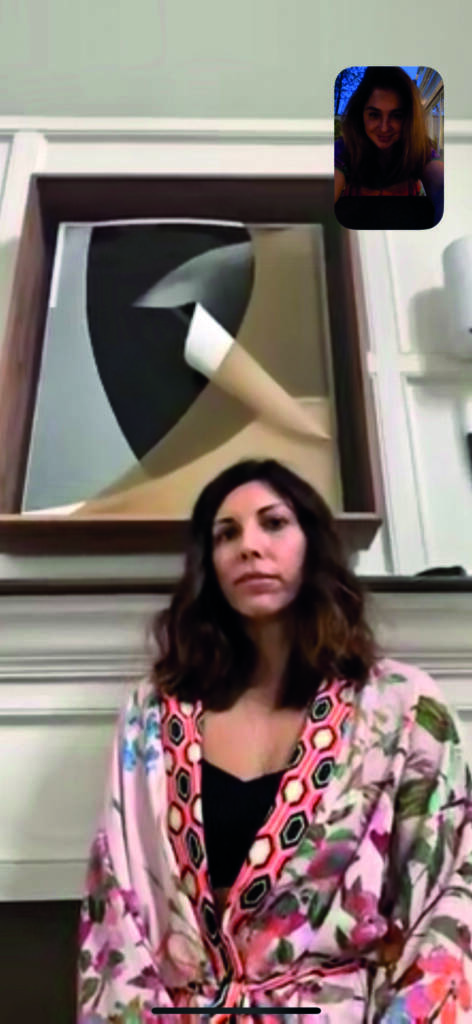
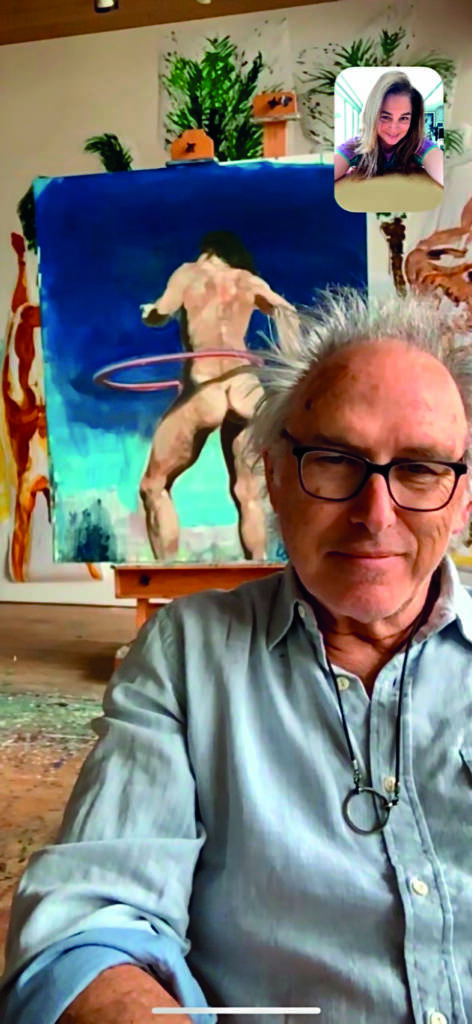
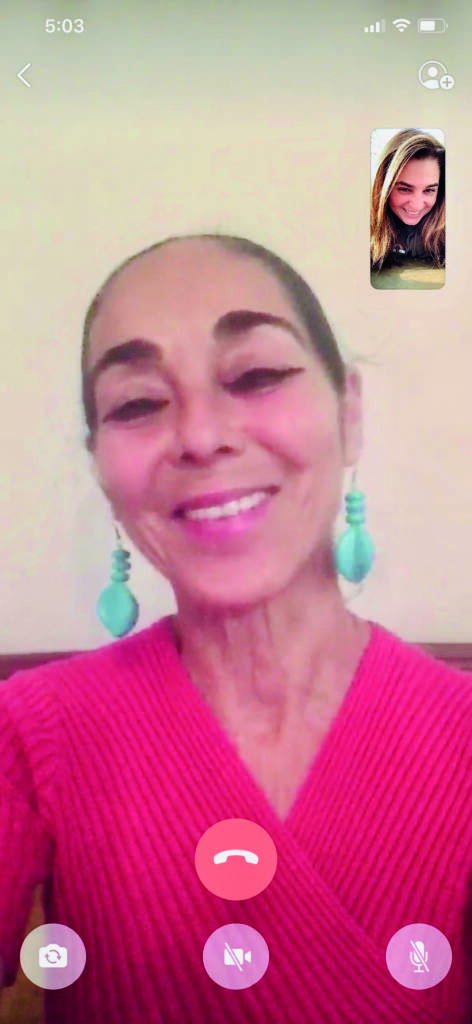
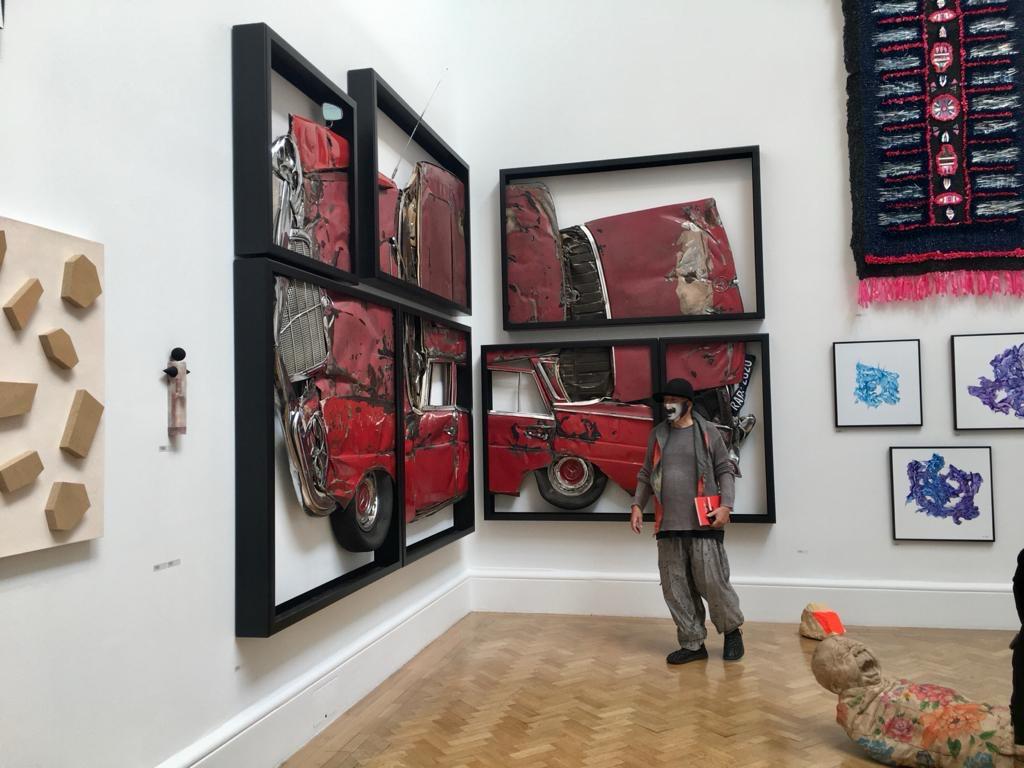
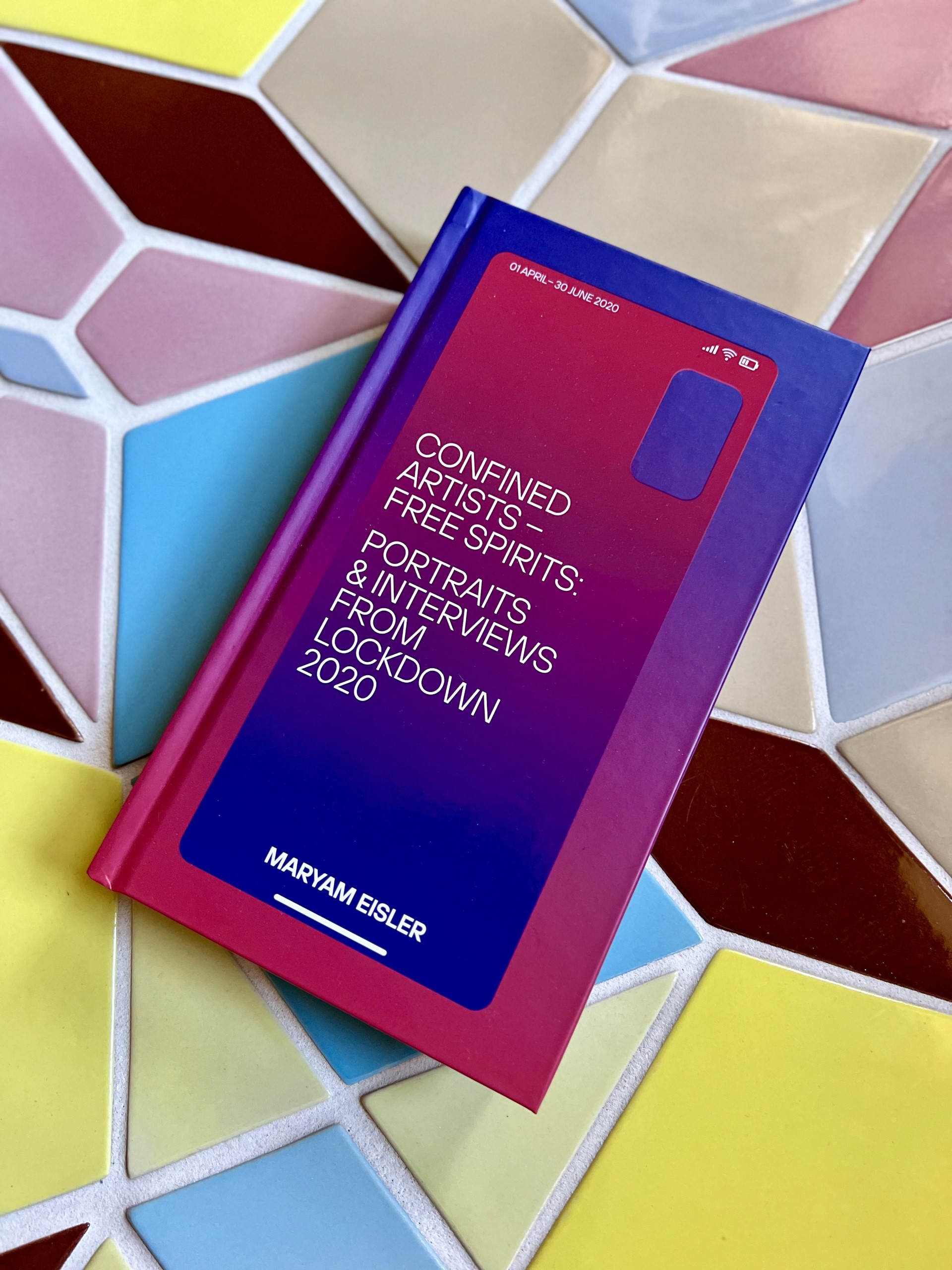
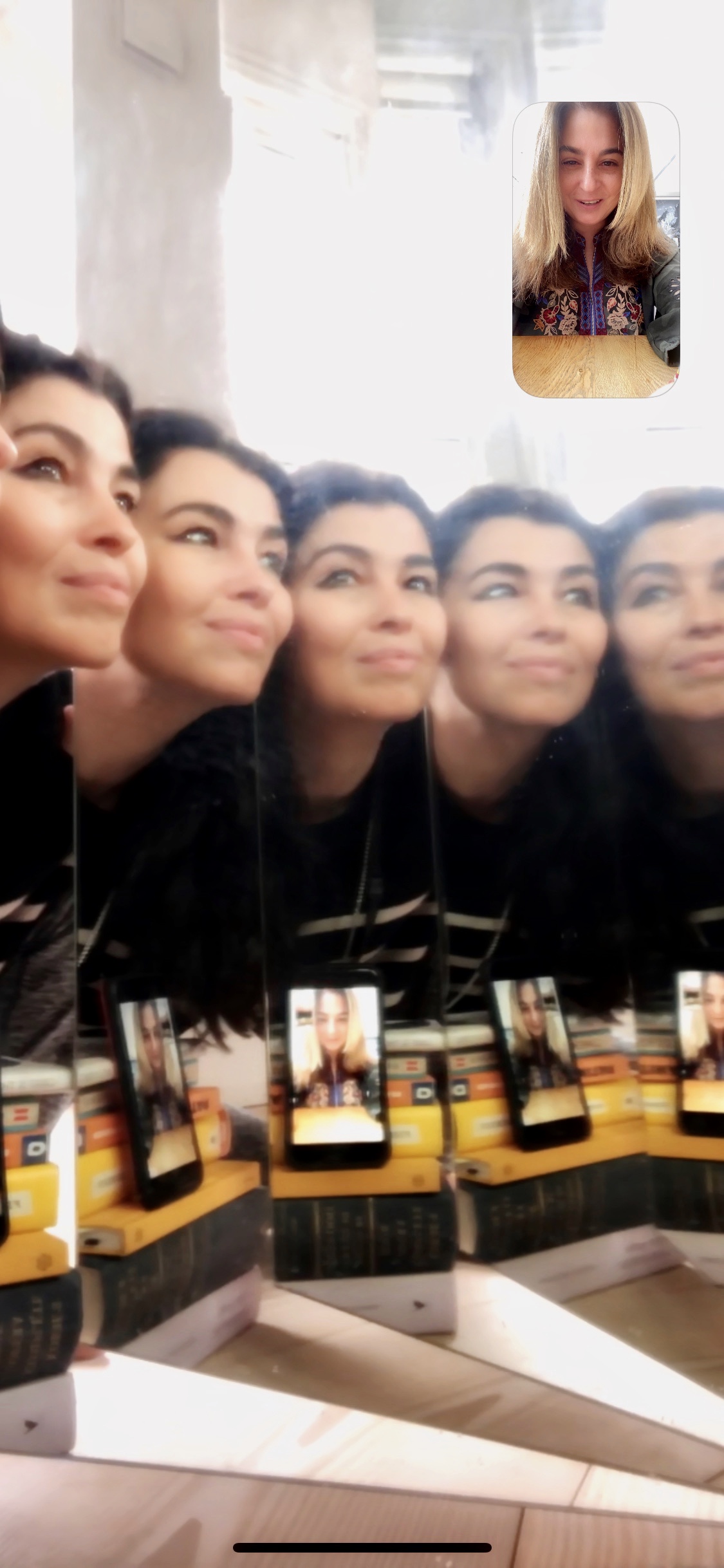
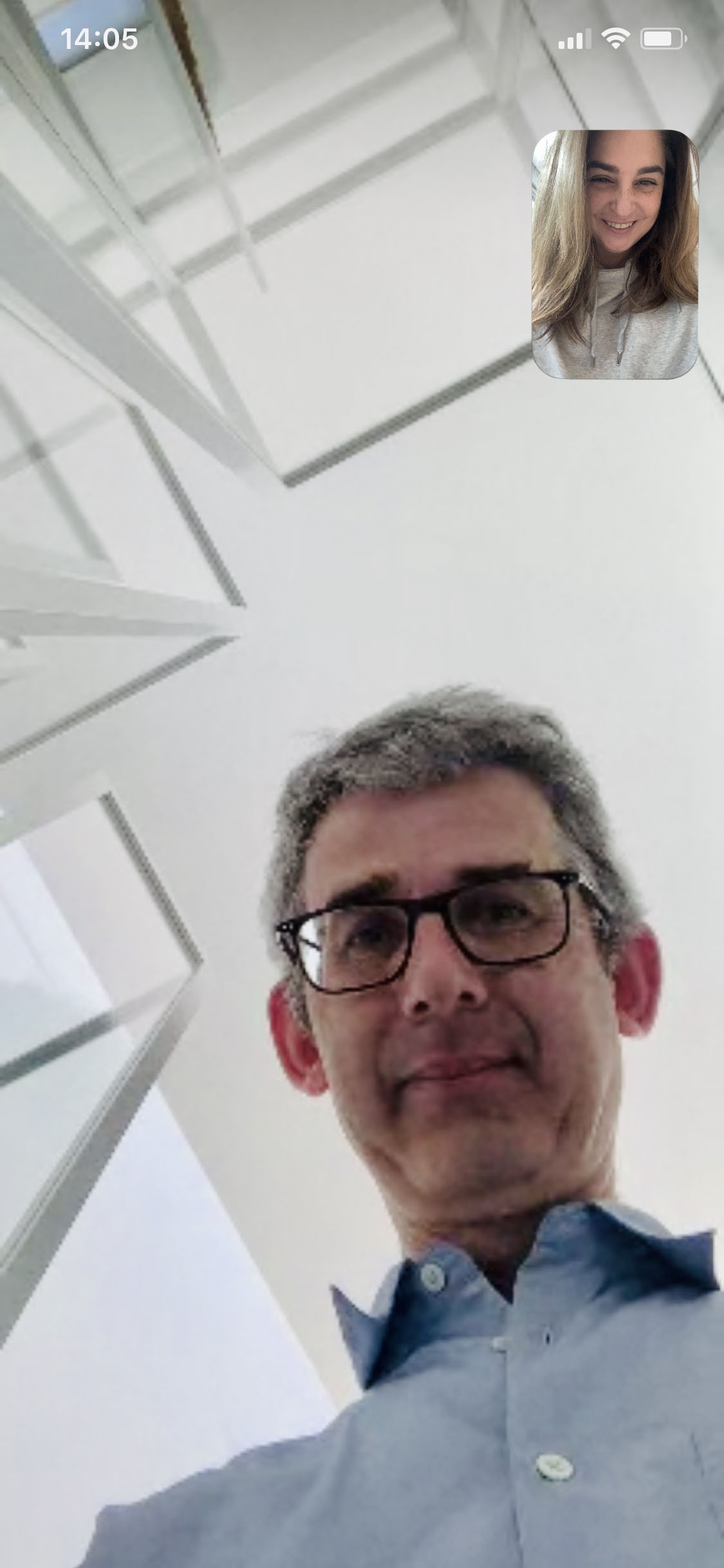
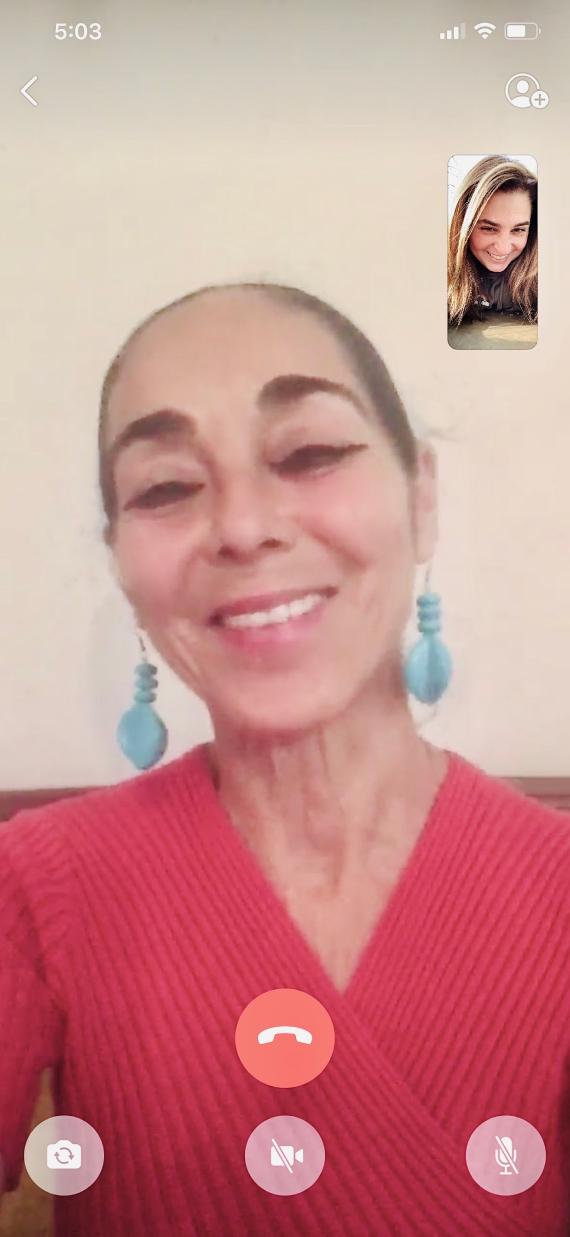
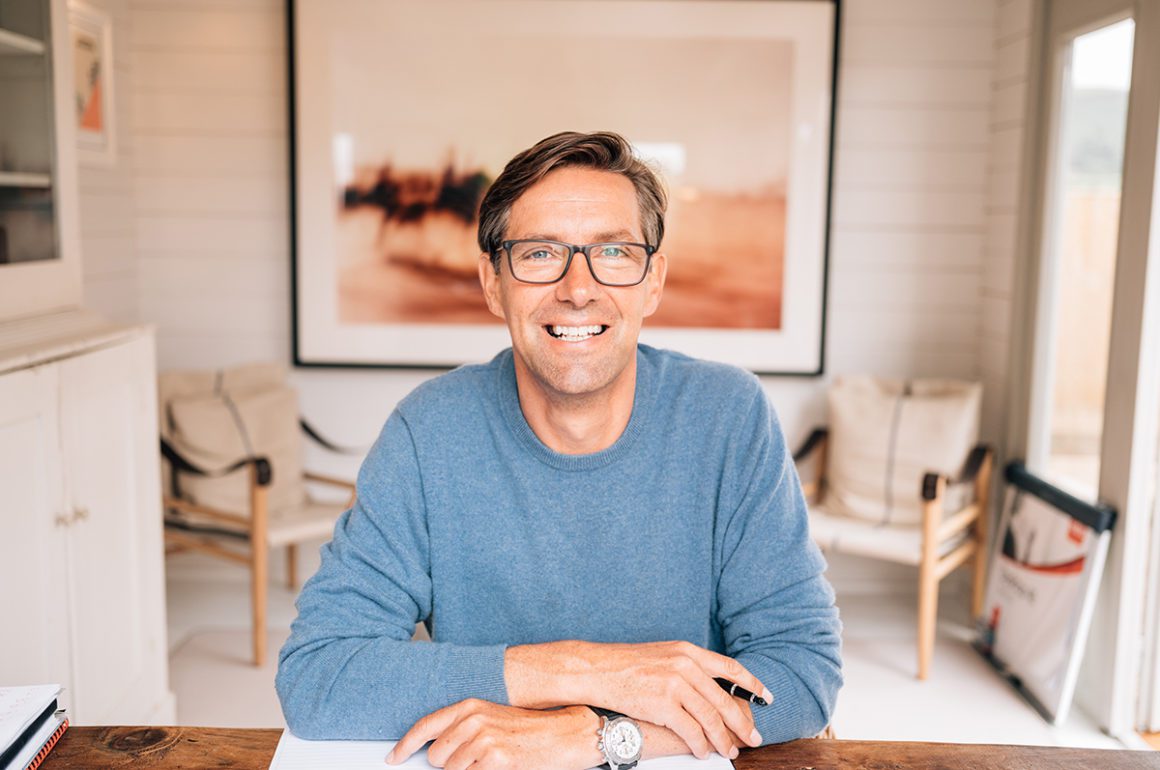
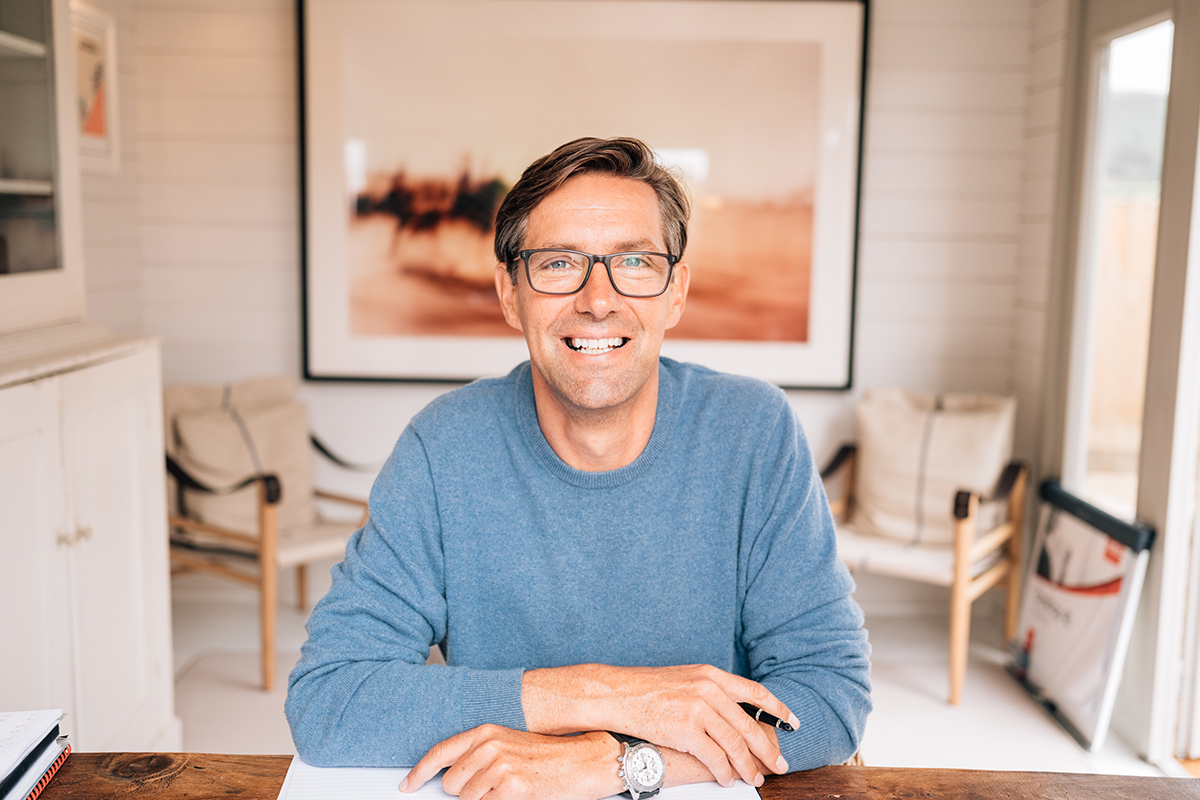

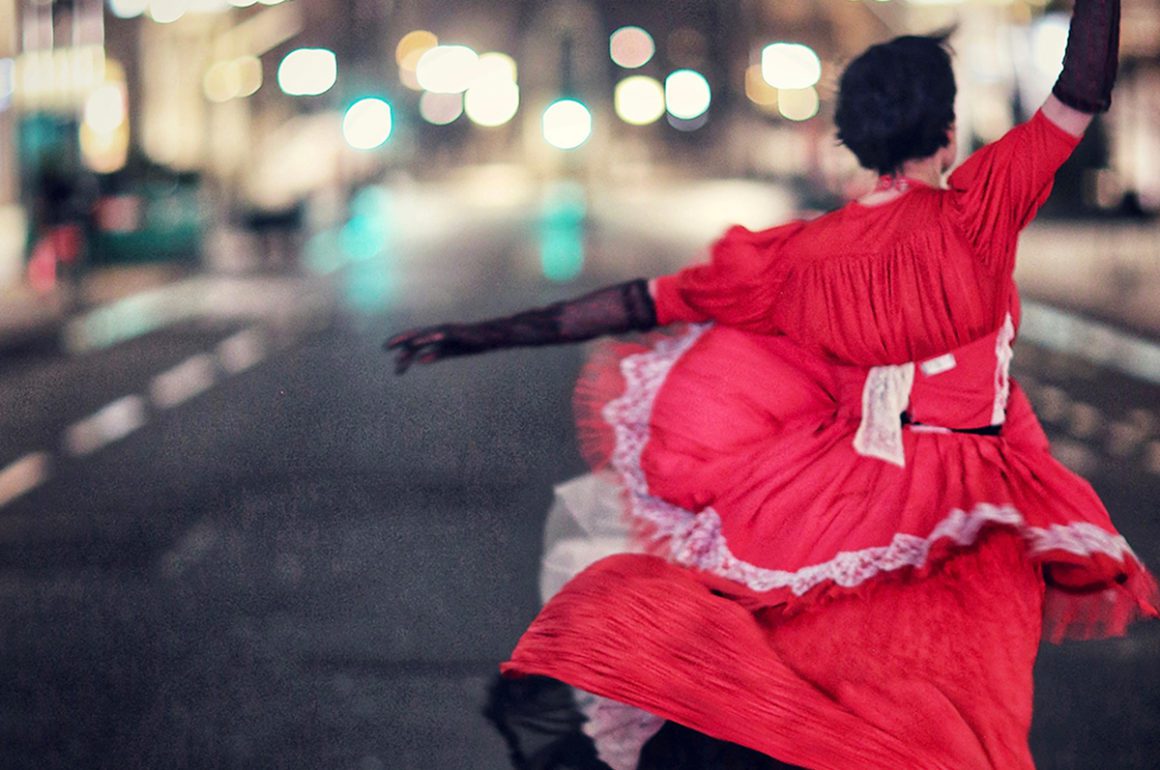
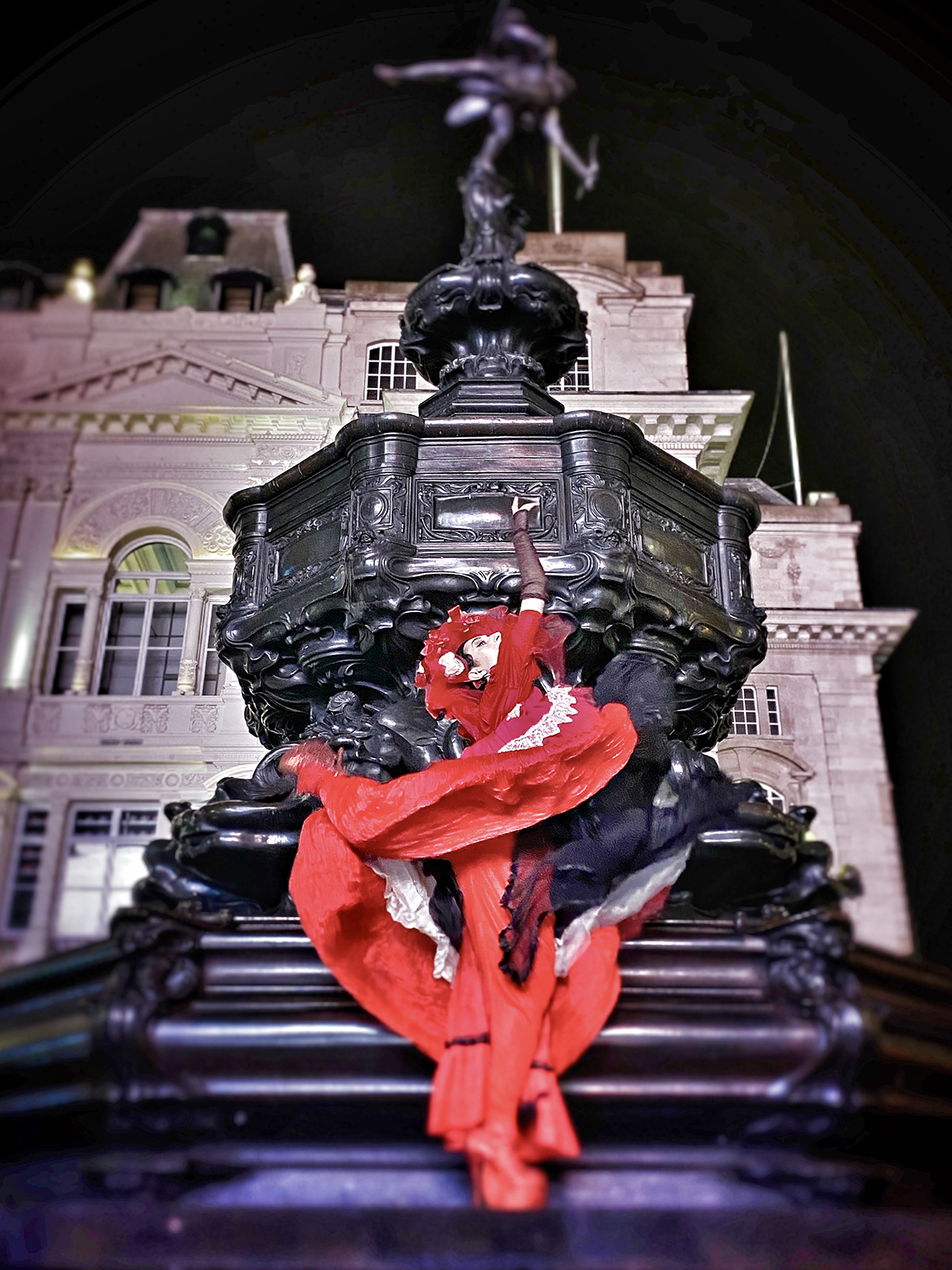
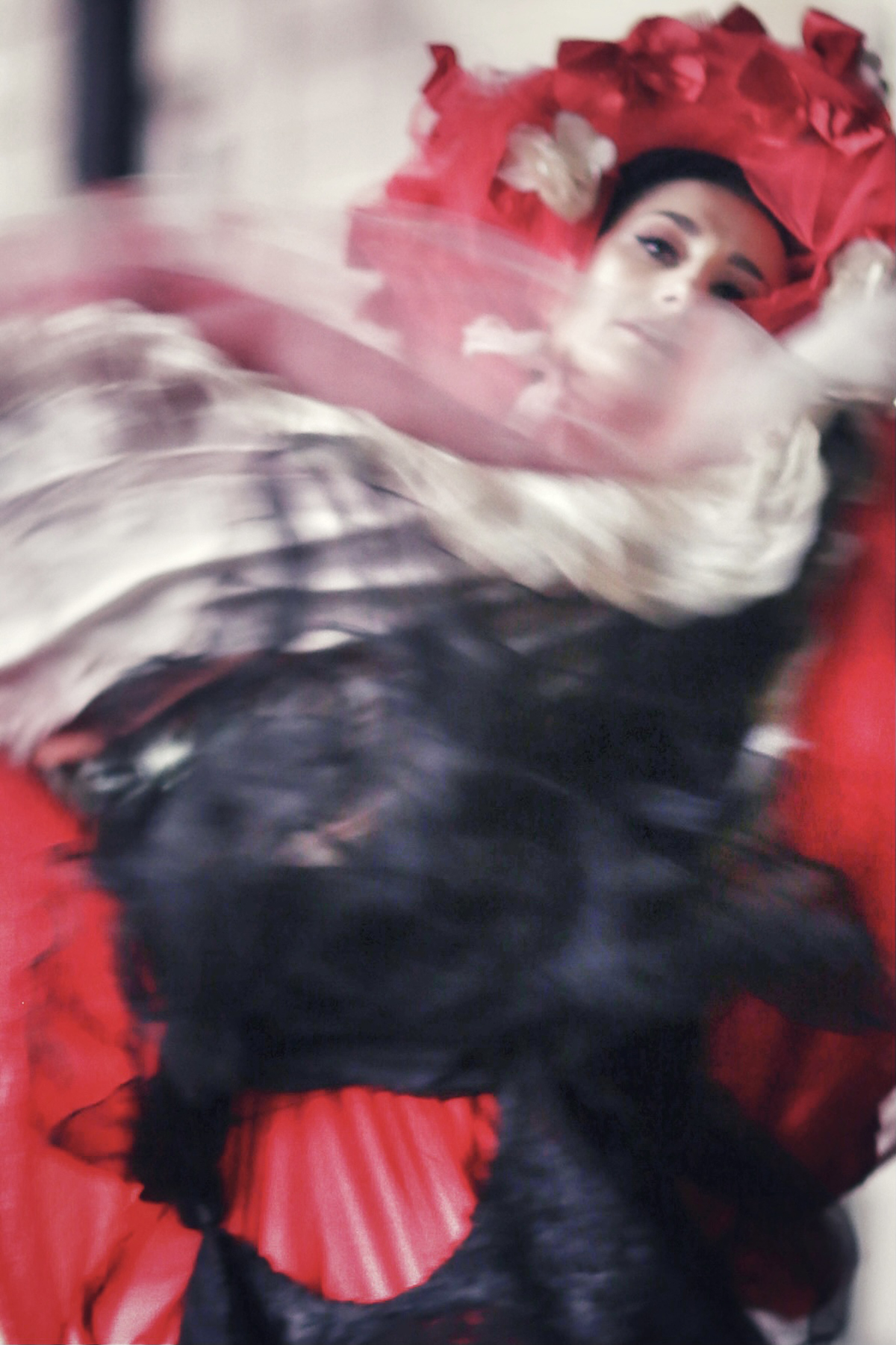
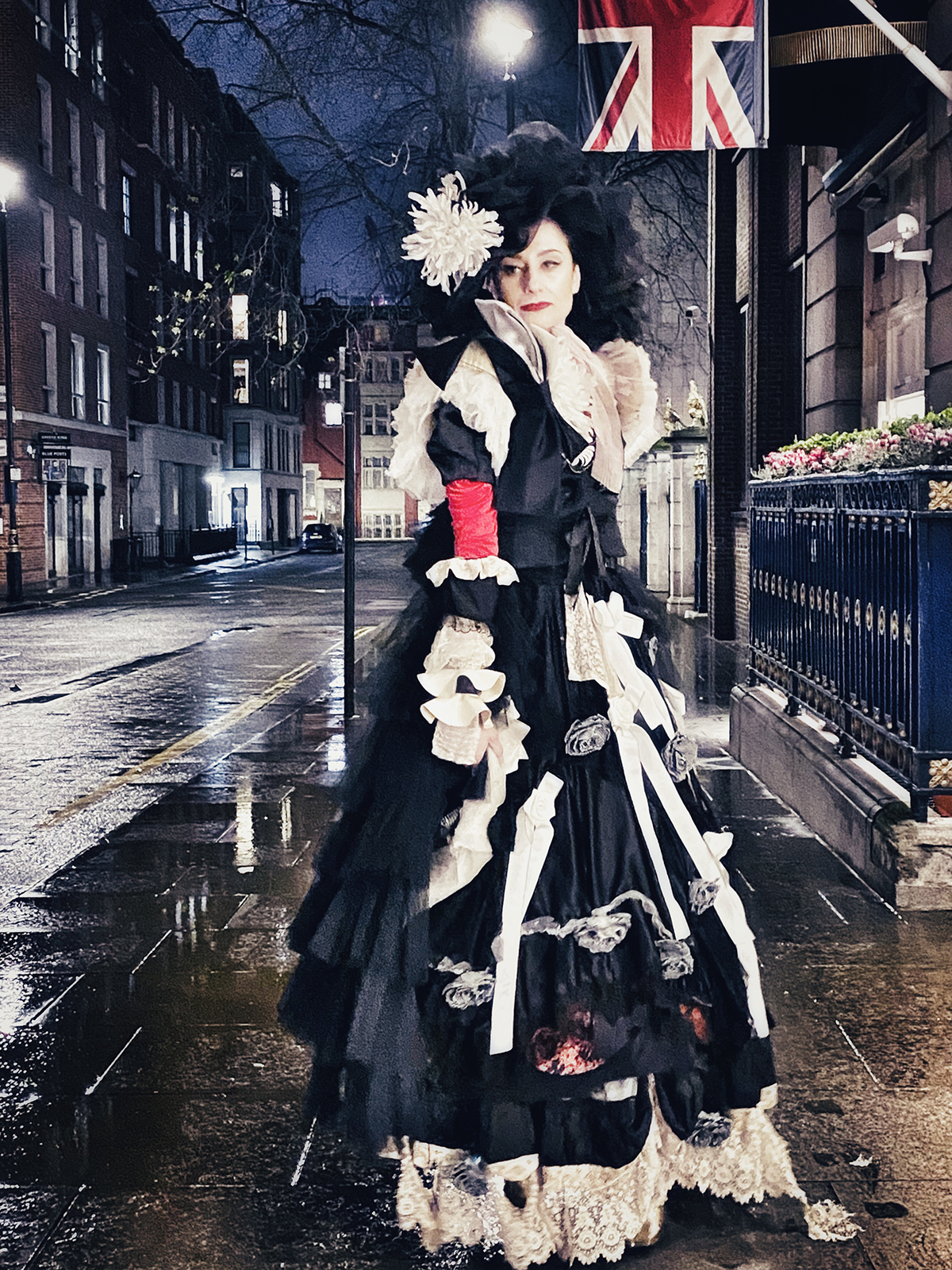
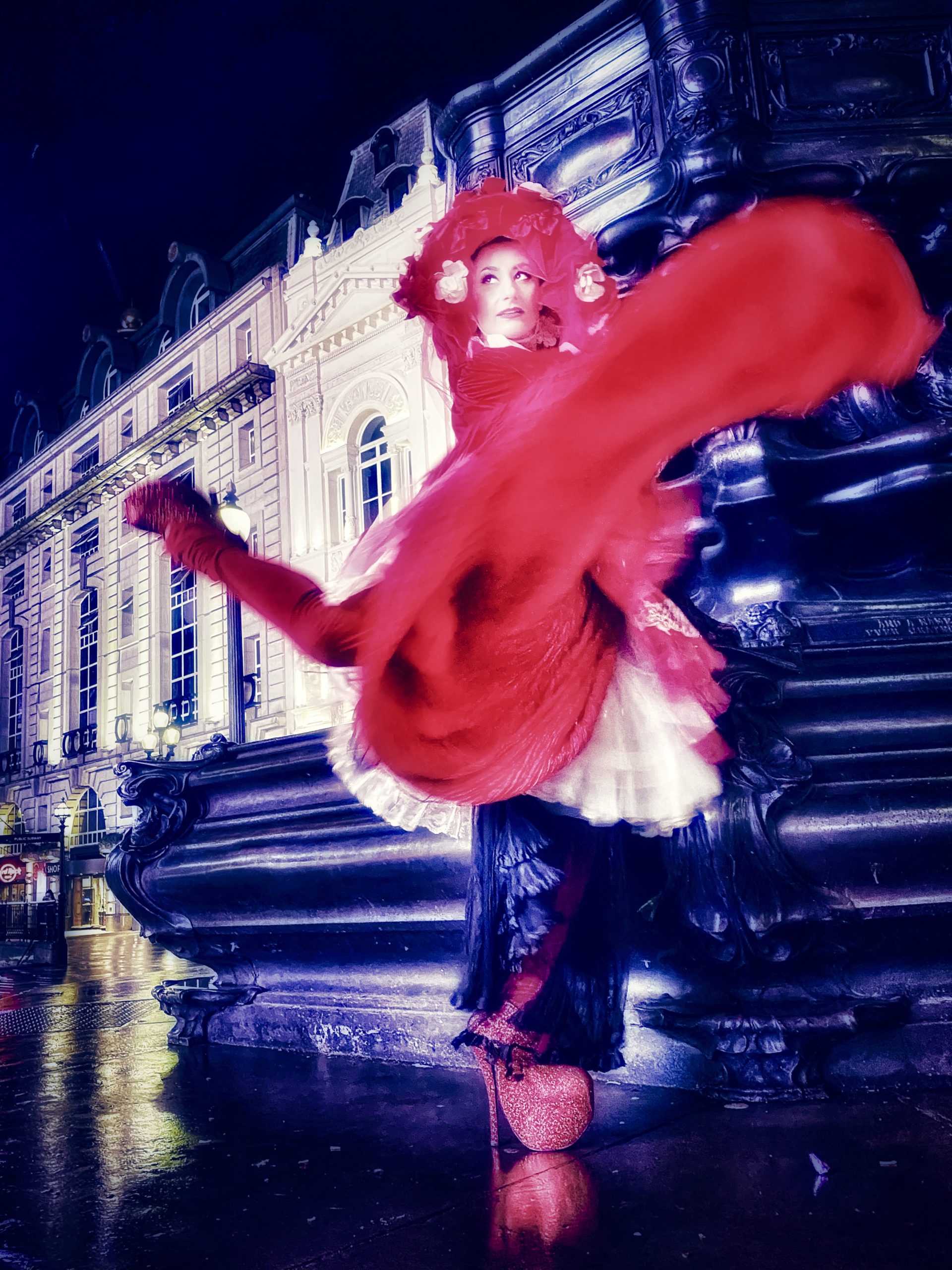
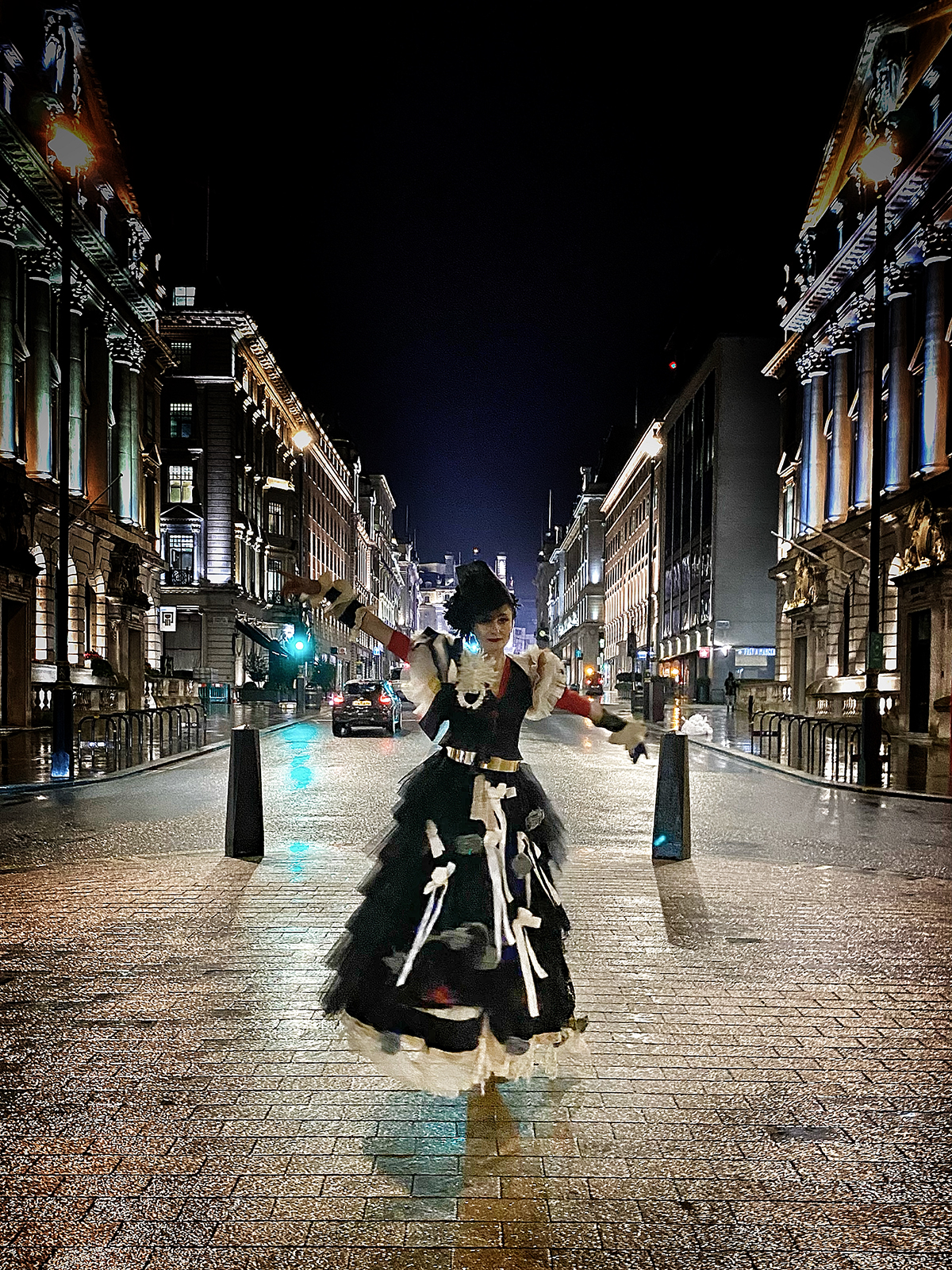
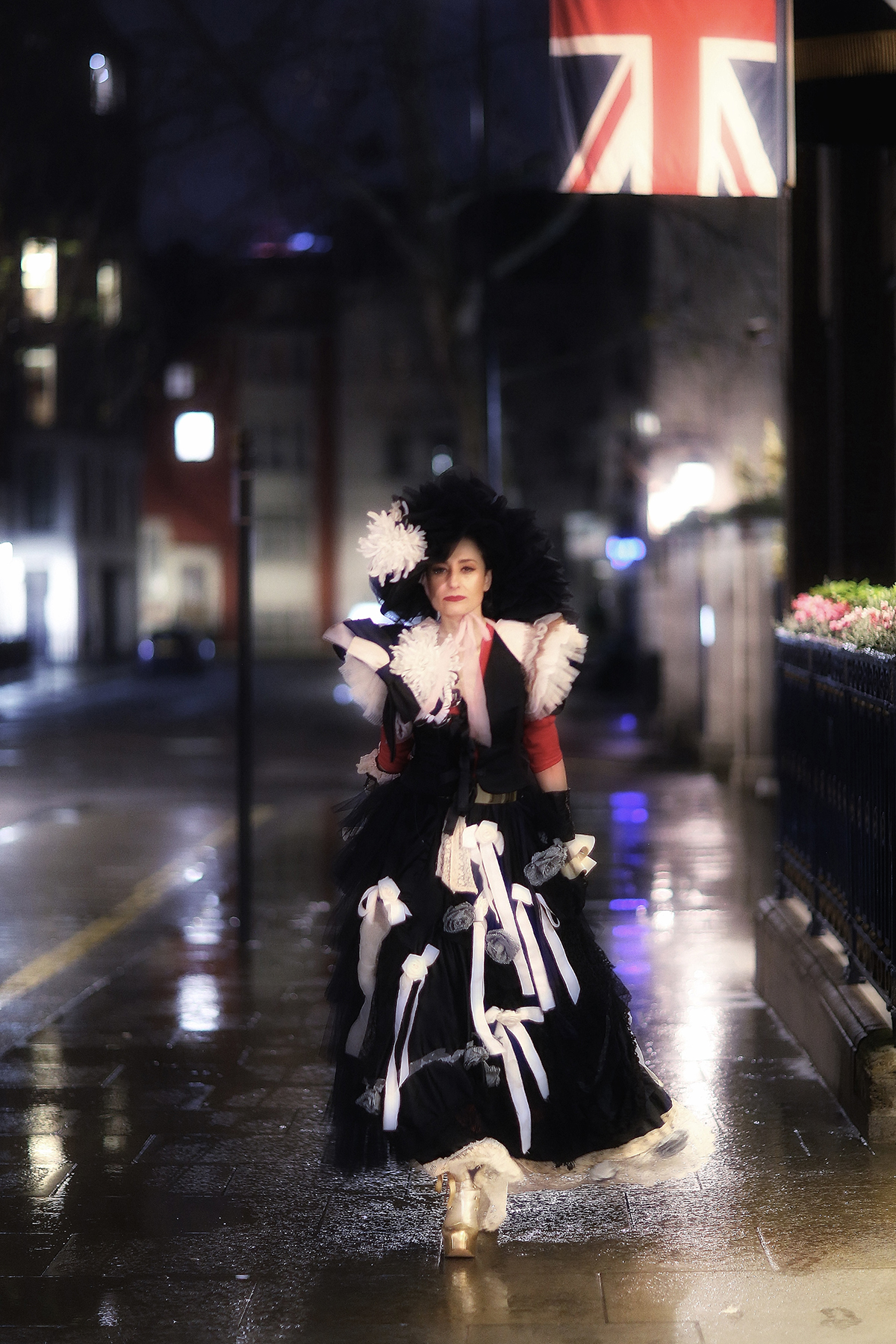
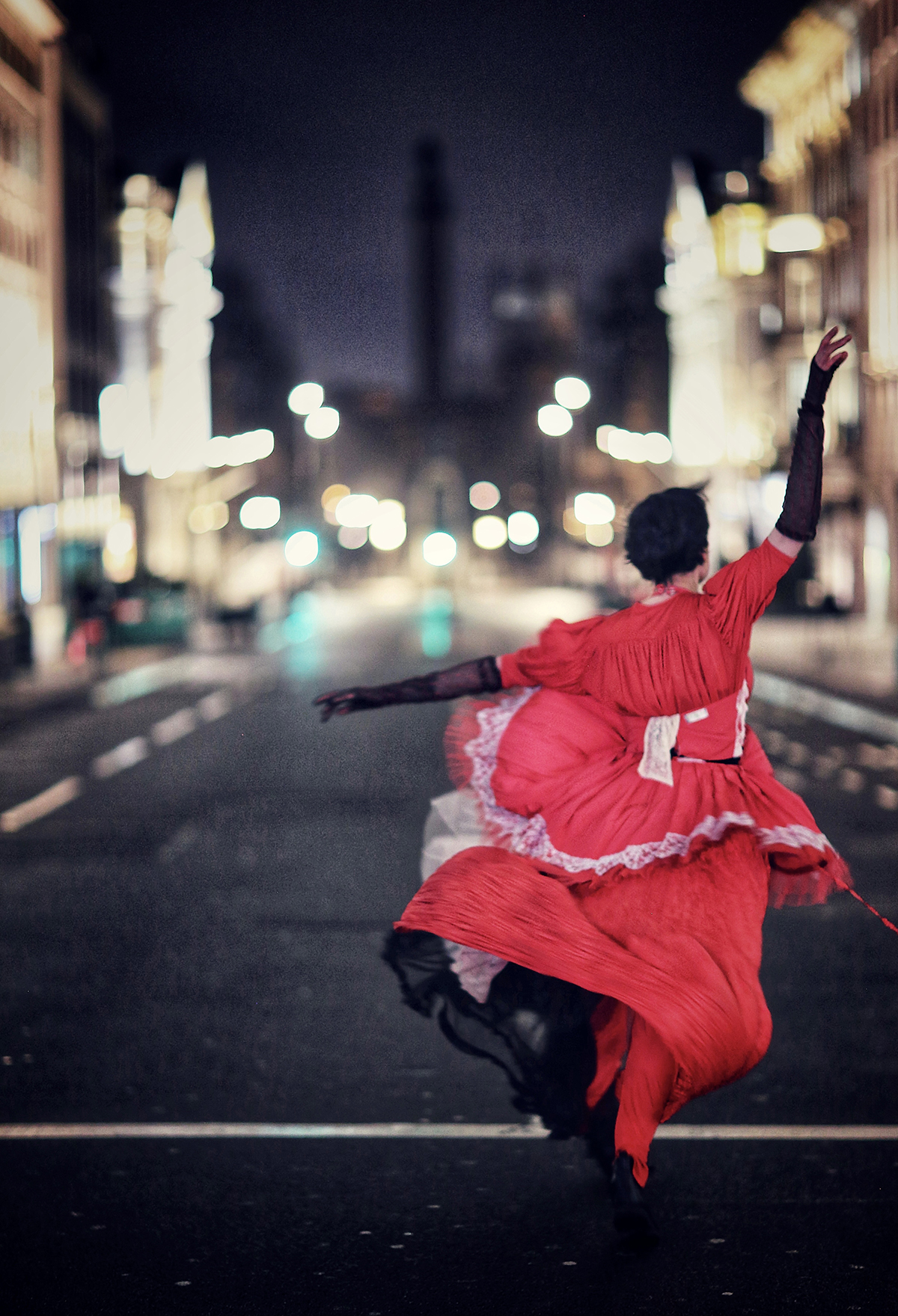
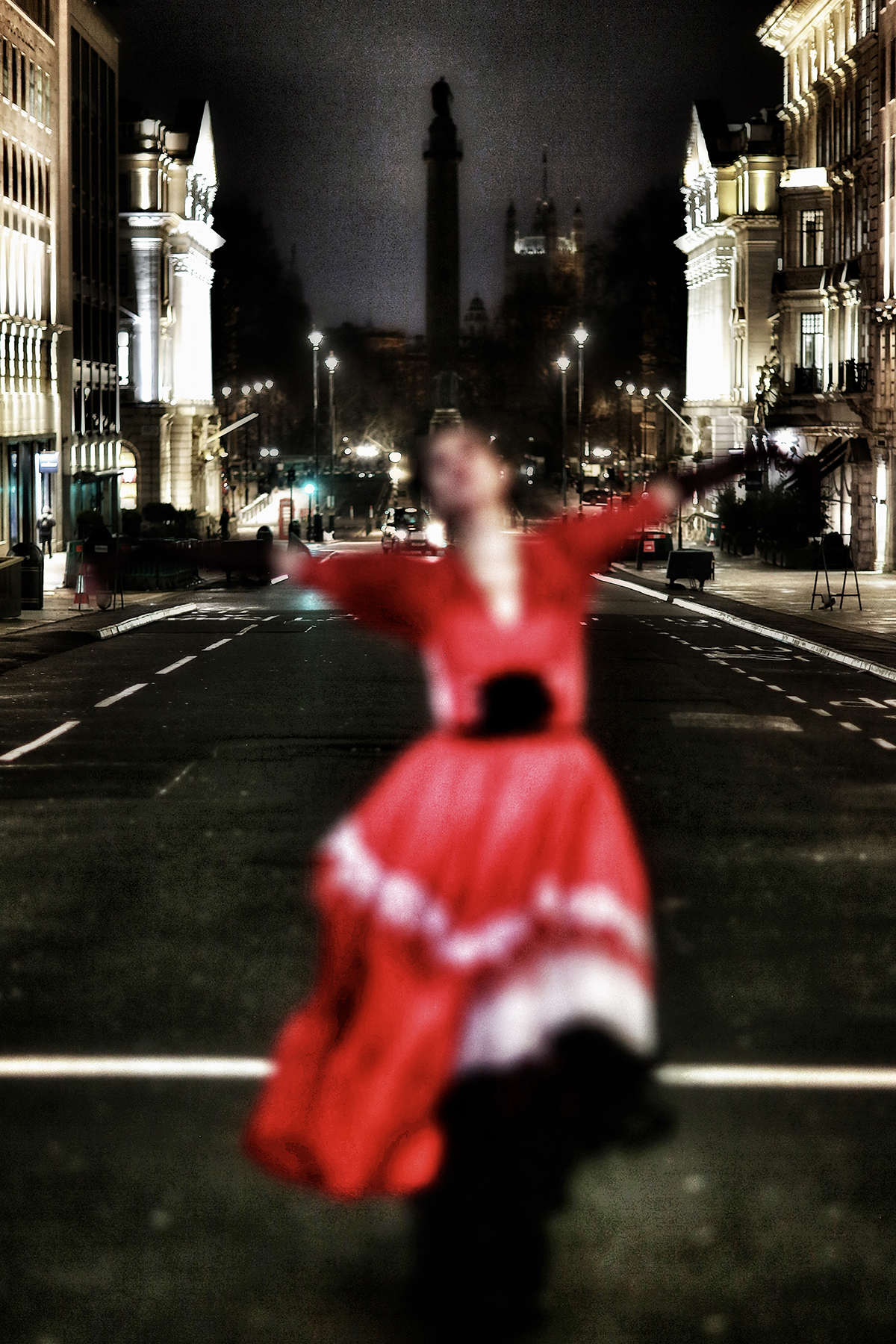
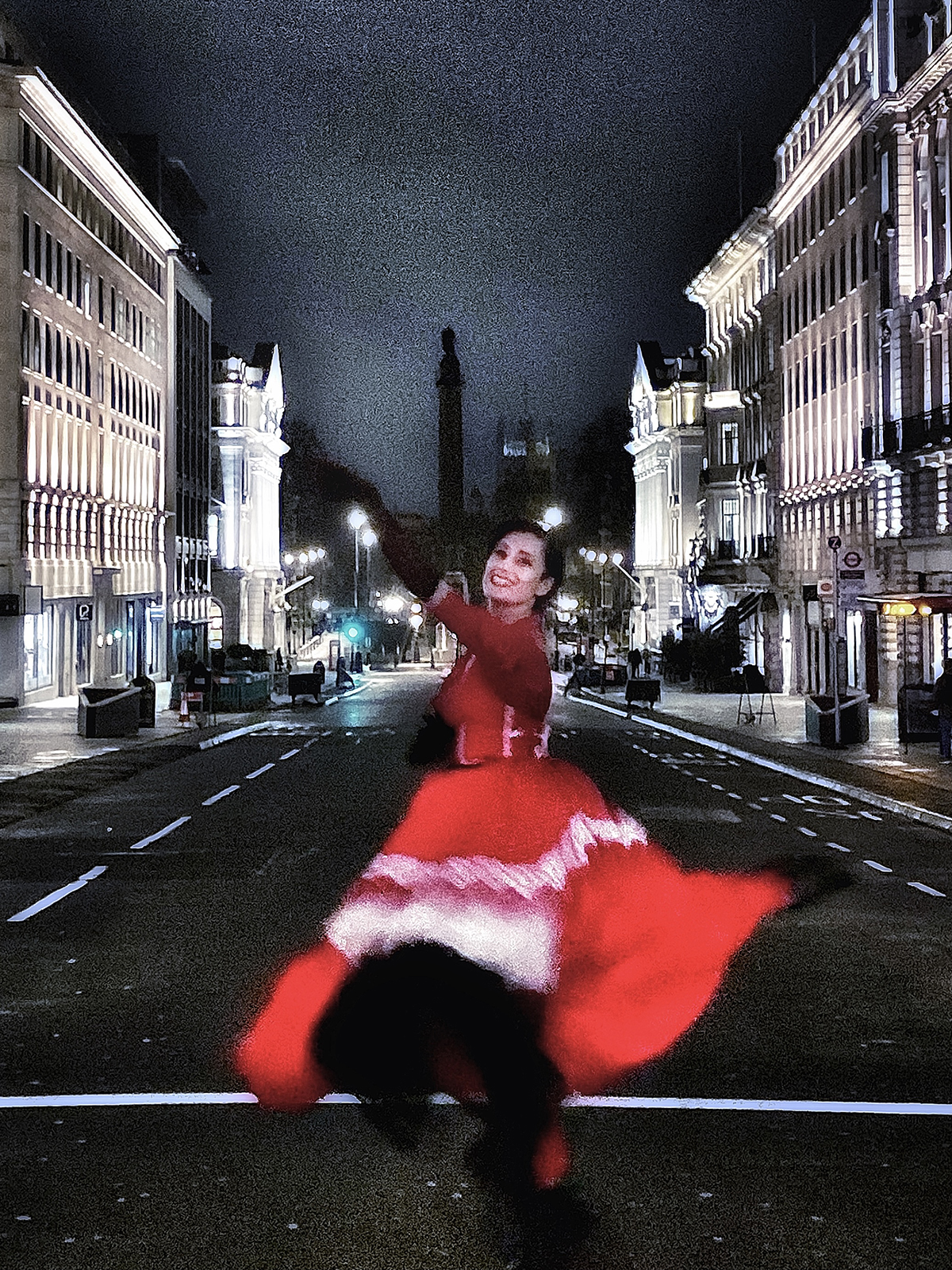
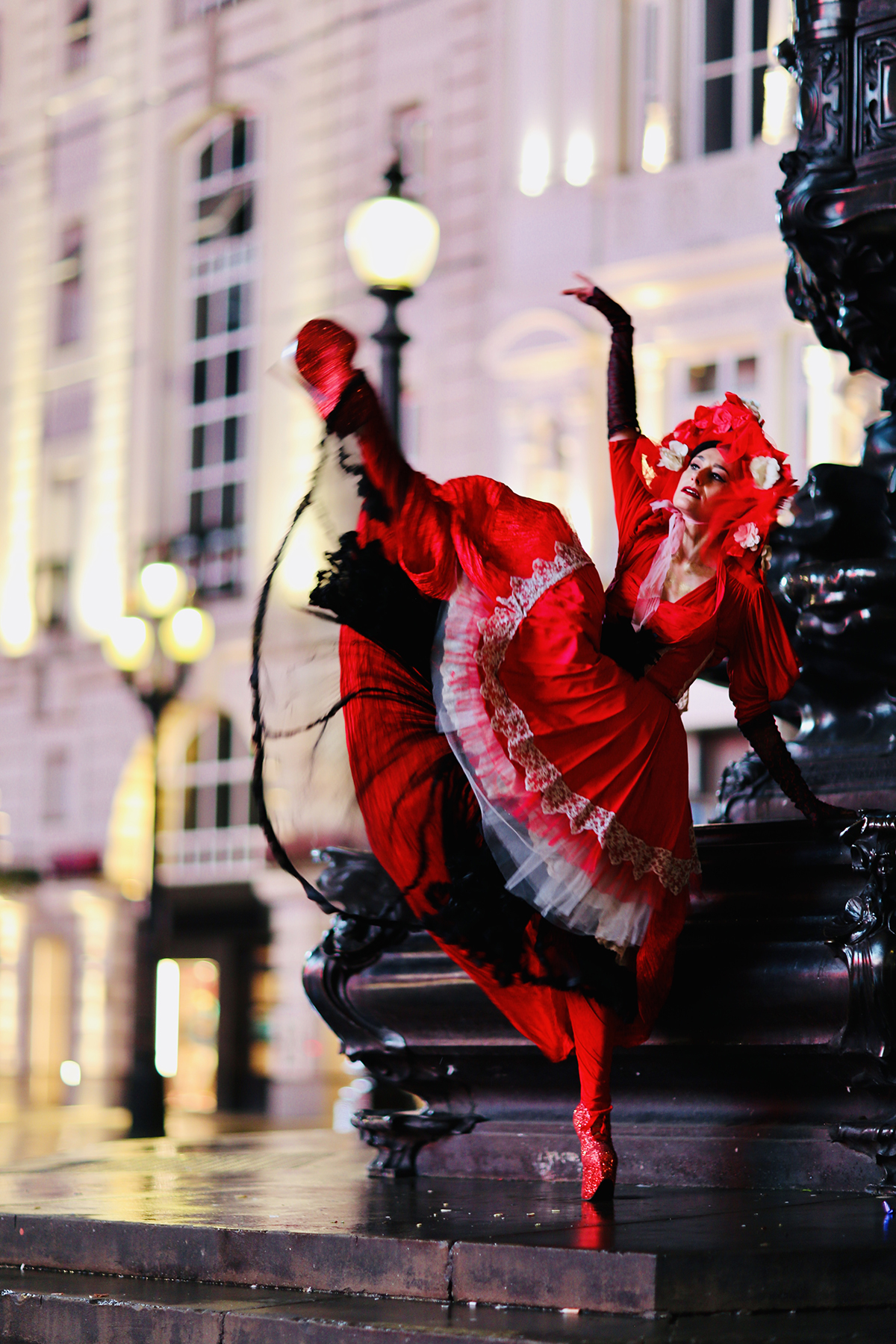
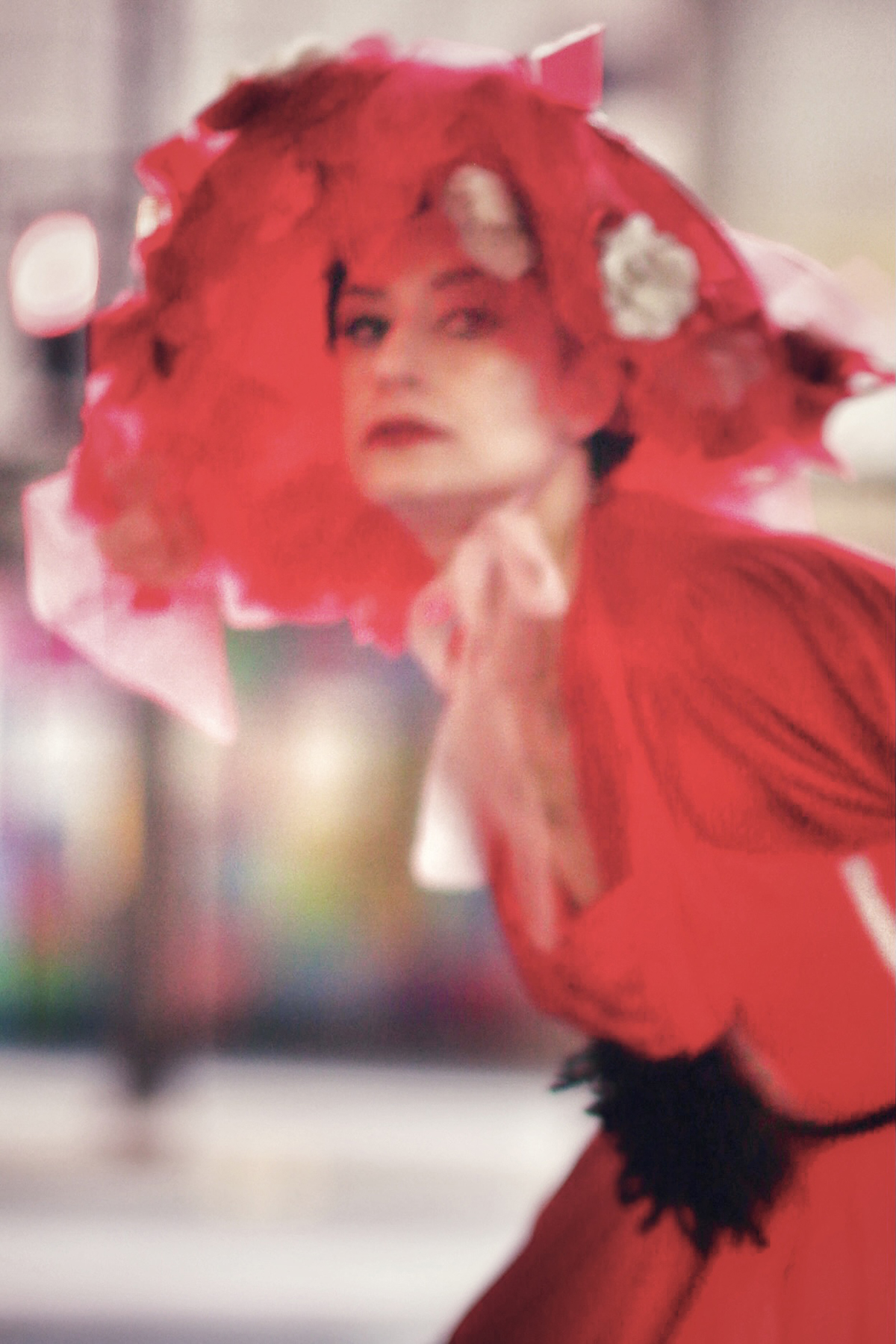
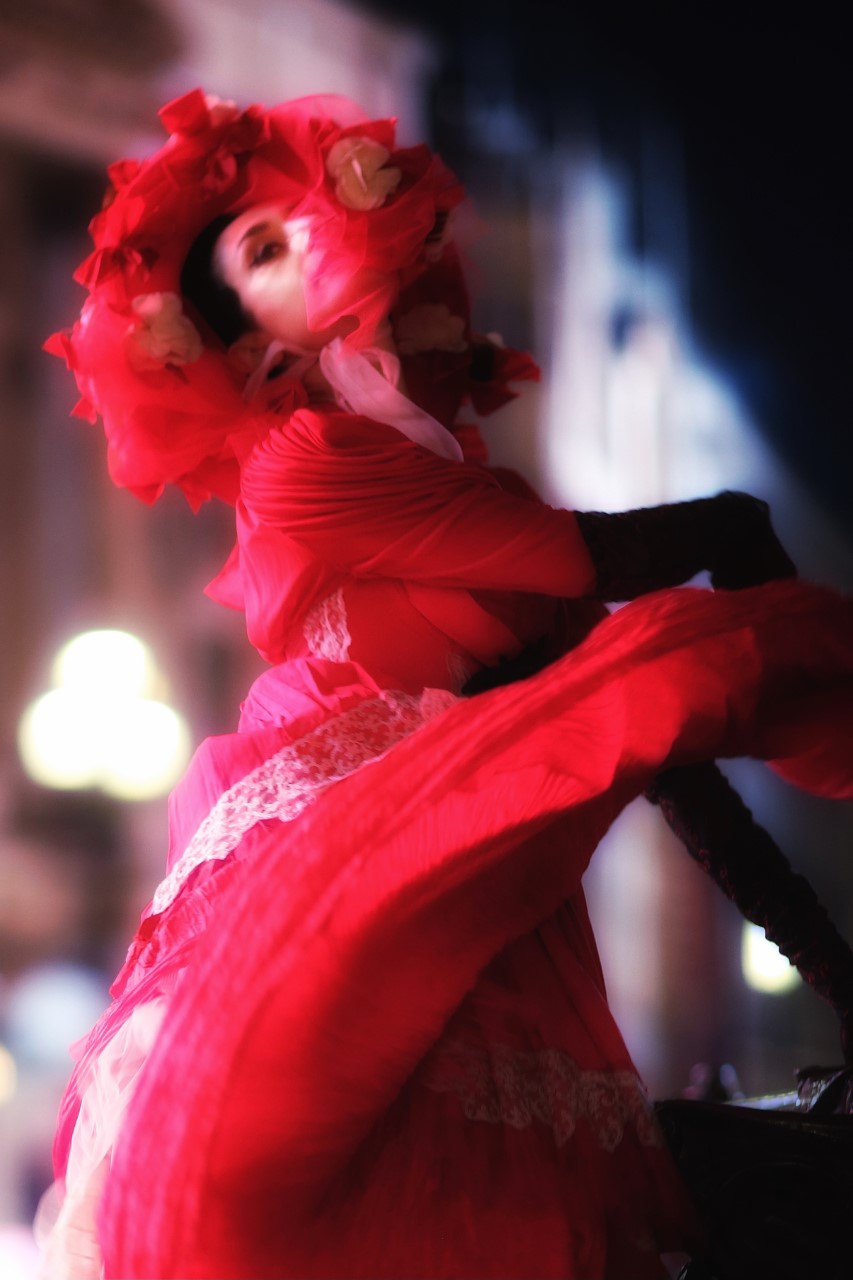
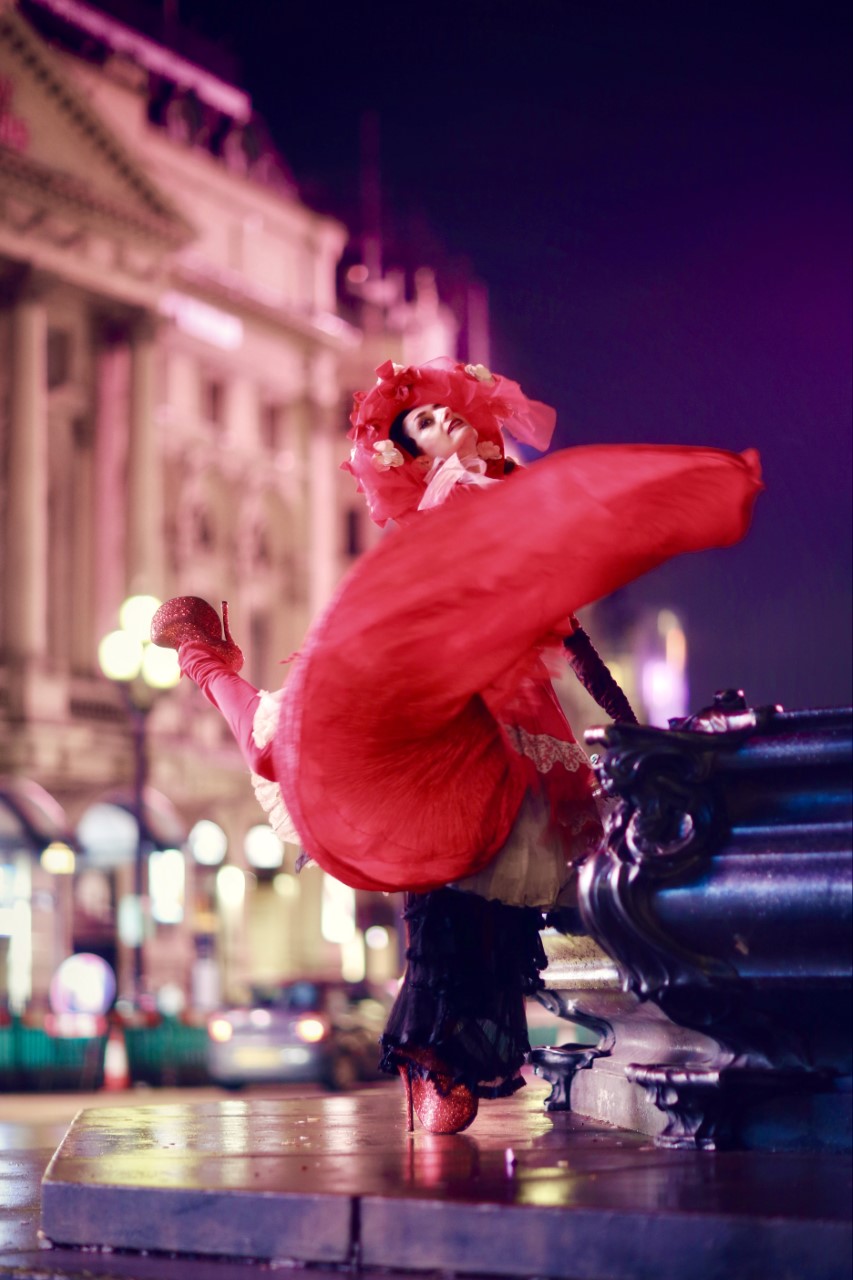
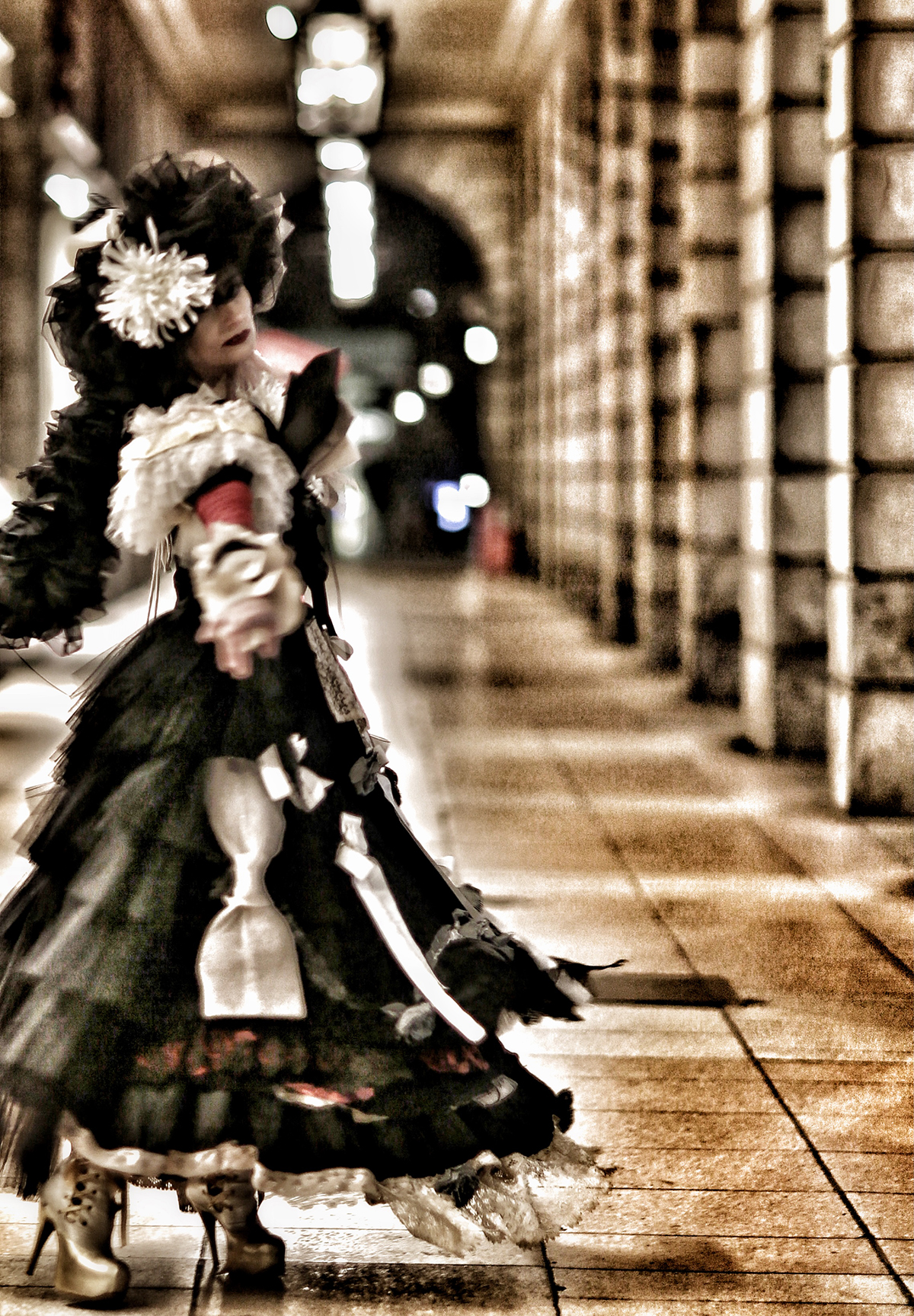
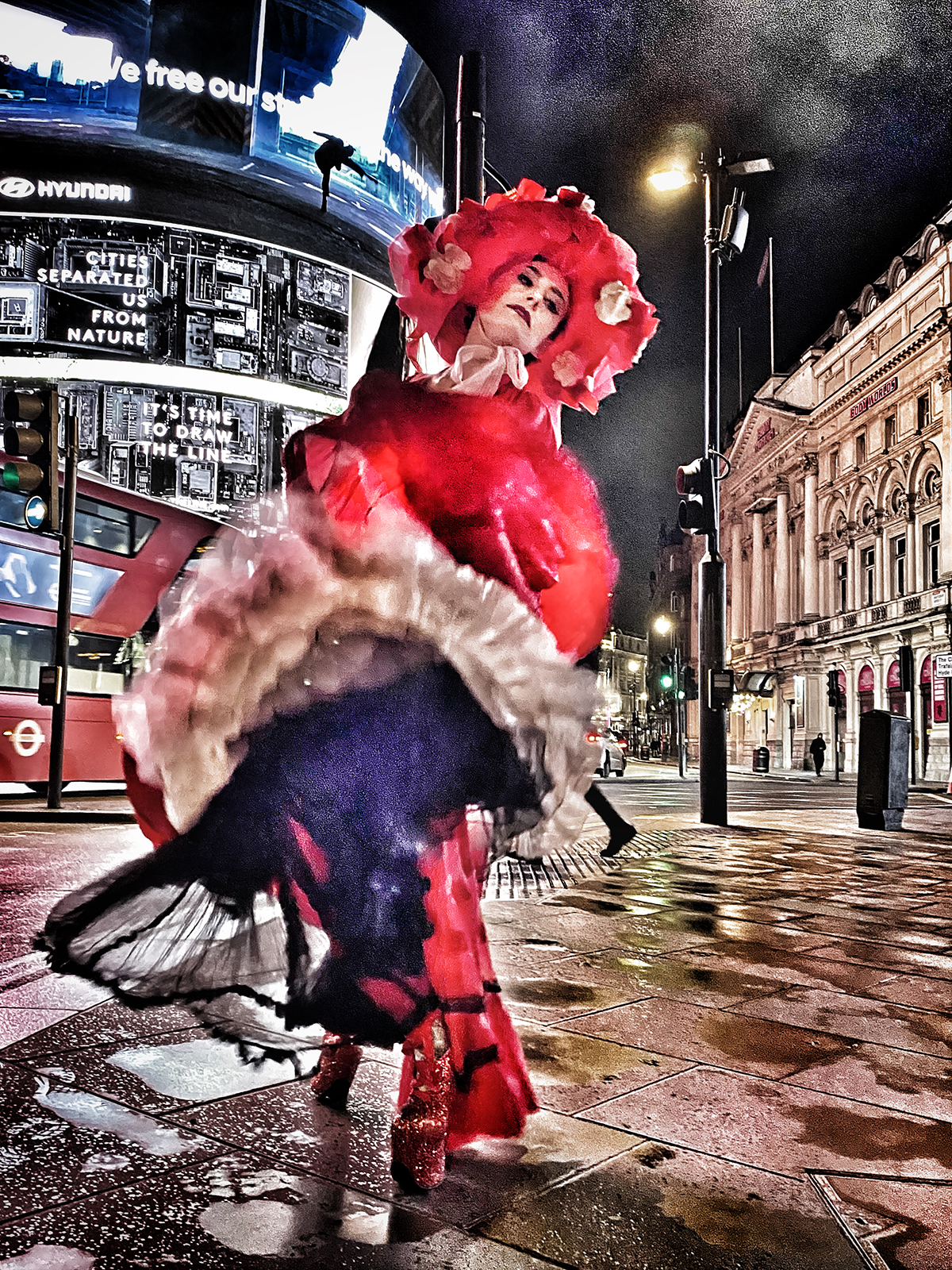





Recent Comments